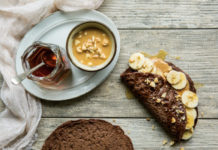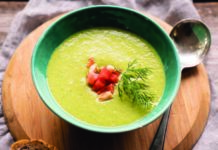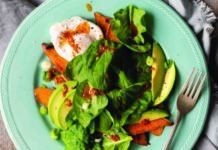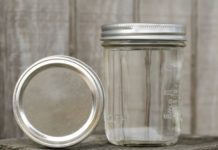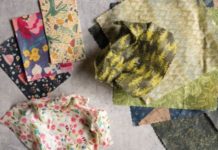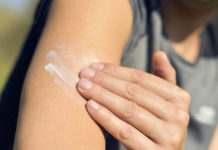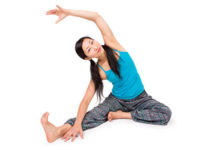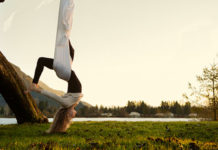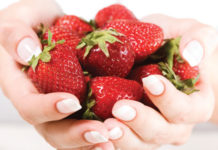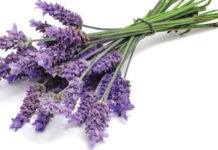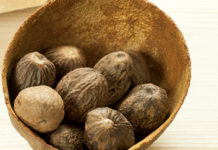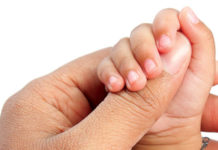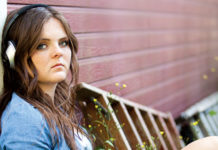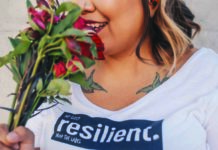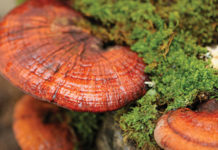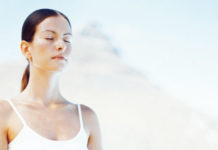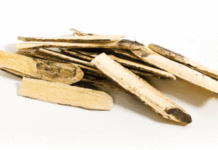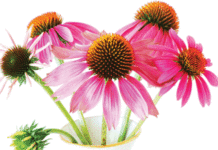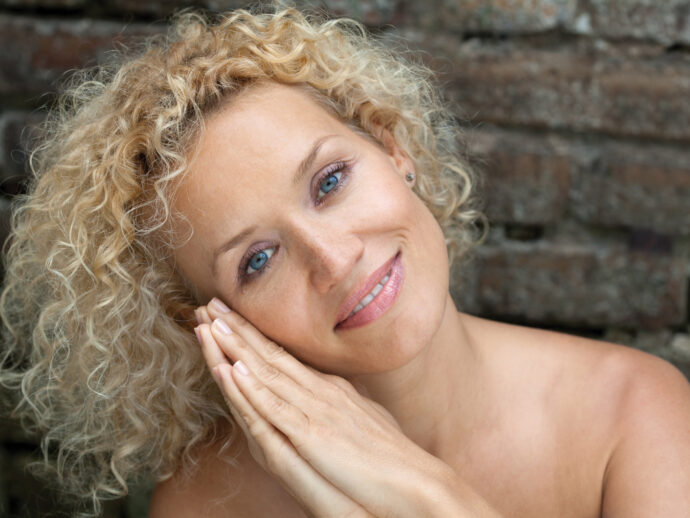
Contrary to what we’re taught to believe, aging skin can be beautiful skin. These days, more and more women are interested in ditching the surgeries and injectables and instead focusing on a healthy lifestyle and natural, nourishing products.
Lifestyle dos and don’ts
Although skin aging is inevitable, there are a variety of factors we can control to improve the appearance and health of skin.
| Do | Don’t |
| Eat a diet full of vegetables, healthy fats, vitamins, and minerals. | Smoke. In addition to being terrible for our health, it can wreak havoc on our complexions. |
| Exercise proper sun safety. | Tan. Tanning beds, like the sun, emit harmful UV rays. |
| Wear sunglasses. In addition to protecting our eye health, they can help reduce squinting and, therefore, wrinkle formation. | Drink too much alcohol. It can be dehydrating, and damaging to our skin. |
| Work out. Exercise can boost circulation, helping improve the appearance of our skin. | Forget to wash your face after exercise. Sweat irritates our skin. |
| Speak with your health care practitioner if you think you may not be getting enough vitamins or minerals. Supplementation may be an option. | Spend excessive time in chlorinated pools and hot tubs. Chlorine can cause wrinkles, and high temperatures exacerbate this effect. |
Skin care product dos and don’ts
There is a multitude of skin products on the market for mature and aging skin. Learn which ones are worth the hype.
| Do | Don’t |
| Use products with B vitamins, and vitamins C and E. These skin-loving vitamins have antioxidant (and therefore, antiaging) effects. | Use products with vitamin A or retinols. Although part of a healthy diet, vitamin A may not be safe on our skin. Research suggests that it can increase skin sensitivity and cause DNA damage. |
| Learn from the bees! If you’re not already convinced of honey’s superpowers, you may be surprised to learn it may slow wrinkle formation. Plus, it’s soothing, moisturizing, and even antibacterial. | Use products that burn or sting. The mantra “beauty is pain” doesn’t apply to skin products. Burning doesn’t mean the product is working—it means that it’s irritating your skin. |
| Use products containing hyaluronic acid. This ingredient helps skin retain water, keeping it plump and youthful looking. | Stop a product that doesn’t seem to work overnight. Products can take anywhere from six weeks to three months to work. |
| Use products containing green tea and resveratrol. Green tea polyphenols are thought to help protect skin from the damaging effects of the sun. Researchers see the antioxidant resveratrol as very promising in the prevention of skin aging. | Scrub. Skin is delicate, so treat it with respect. |
| Use products containing coenzyme Q10 (CoQ10). Researchers believe that these topical products can replenish aging skin’s lost CoQ10 levels and promote long-term antiaging outcomes. | Use acids such as alpha and beta hydroxy acids. Commonly used as exfoliants, these ingredients can increase skin’s sensitivity to the sun. |
Makeup for aging skin
Not all makeup on the market is suitable for aging skin. Learn which products are best.
| Product | Look for | How to use it |
| foundation or tinted moisturizer | light formulations that won’t settle into fine lines and wrinkles | Apply it gently and loosely, to avoid caking it into skin. |
| blush | powder (not cream) | Dust it lightly onto skin to avoid rubbing. |
| eyeshadow | powder (not cream) | Apply a darker shade to the eyelid crease and a lighter shade under the eyebrow, blending well. |
| lip makeup | a lipstick-setting cream, as well as a cream (not matte) lipstick | To avoid lipstick bleeding, use a stiff brush to apply lipstick-setting cream before lipstick. This is thought to work better than a traditional lip pencil. A cream lipstick will keep lips hydrated better than a matte finish. |
Facial massage for stress relief
Facial massage is a fun and easy way to soothe tired facial muscles and unwind. Research also backs it up: massaging our faces can reduce our anxiety and boost our moods.
It’s easy to give yourself an at-home facial massage.
- Cleanse your face. There’s no benefit to massaging dirt and old makeup into your skin!
- Apply your favourite facial oil. Many natural blends are available. Otherwise, pure argan oil or jojoba oil work well. Aging skin is dry skin, so don’t be afraid of using oils.
- In firm, circular motions, pushing your skin up and out (not down), massage your lymph nodes (under your throat and along your jawline), your cheeks, and your temples.
- Gently massage your eye area, making sure not to get the oil in your eyes.
- Massage your forehead by making a zigzag horizontal motion (the opposite direction of wrinkles).
What about age spots?
Often called liver spots, age spots have nothing to do with the liver. They are associated with aging skin, but they may have more to do with UV exposure, as they tend to appear on parts of the body that have had the highest amount of sun exposure—such as the backs of the hands, face, and shoulders.
To help prevent them, reduce sun exposure, especially when sunlight is strongest, and wear a high quality natural mineral sunscreen made from zinc oxide or titanium dioxide.


